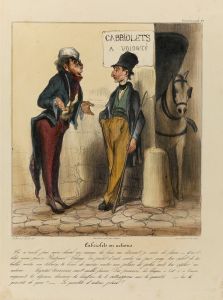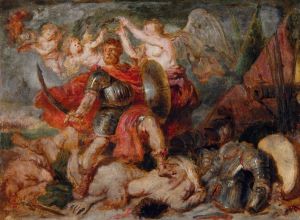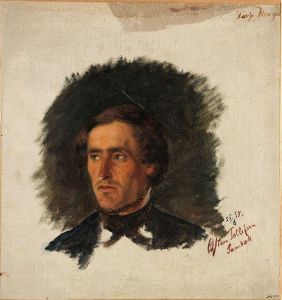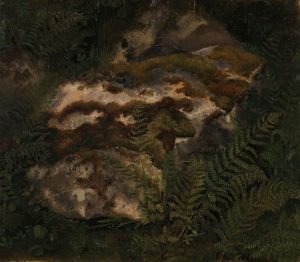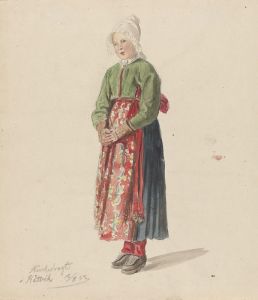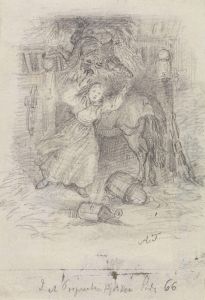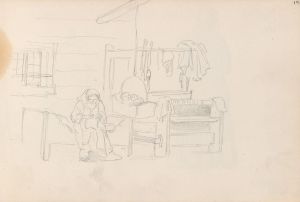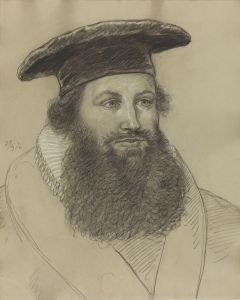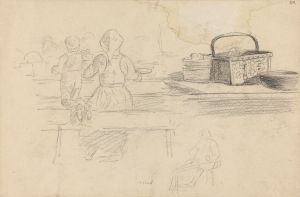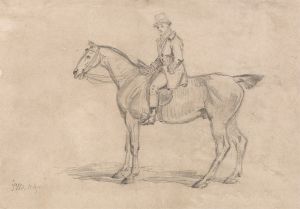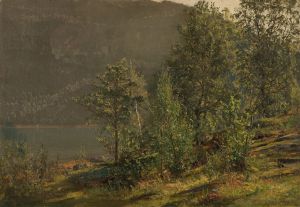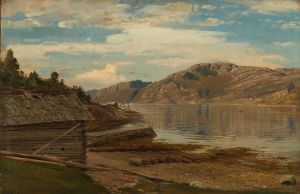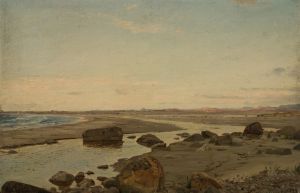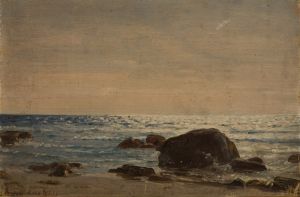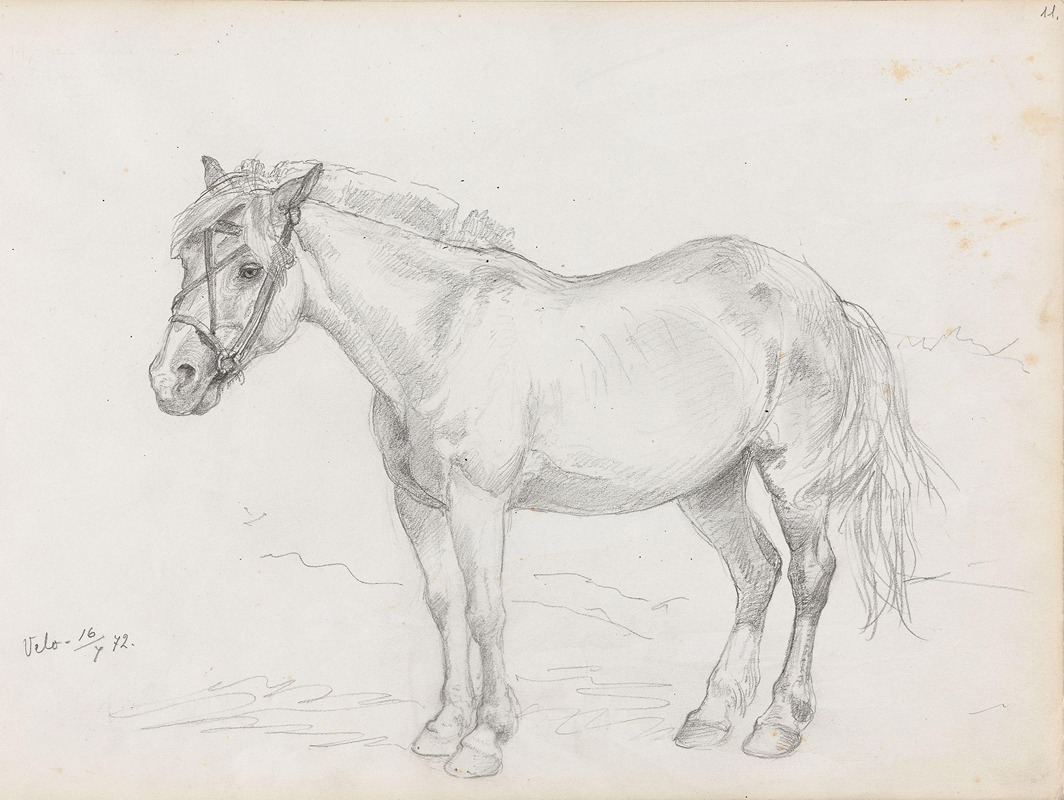
Hest, Velo
A hand-painted replica of Adolph Tidemand’s masterpiece Hest, Velo, meticulously crafted by professional artists to capture the true essence of the original. Each piece is created with museum-quality canvas and rare mineral pigments, carefully painted by experienced artists with delicate brushstrokes and rich, layered colors to perfectly recreate the texture of the original artwork. Unlike machine-printed reproductions, this hand-painted version brings the painting to life, infused with the artist’s emotions and skill in every stroke. Whether for personal collection or home decoration, it instantly elevates the artistic atmosphere of any space.
Adolph Tidemand was a prominent Norwegian painter in the 19th century, known for his detailed and evocative depictions of Norwegian folk life and traditions. His works often captured the essence of rural Norway, focusing on the everyday lives of its people, their customs, and their environment. Tidemand's paintings are celebrated for their historical accuracy and their role in shaping the national identity of Norway during a time of burgeoning nationalism.
"Hest, Velo" is one of Tidemand's lesser-known works, and unfortunately, there is limited information available about this specific painting. The title "Hest, Velo" translates to "Horse, Bicycle" in English, which suggests a juxtaposition of traditional and modern elements. However, without further details or documentation, it is challenging to provide a comprehensive analysis or description of the painting's content, themes, or historical context.
Tidemand's oeuvre generally reflects a deep appreciation for the cultural heritage of Norway. He often traveled to rural areas to observe and document the lives of farmers, fishermen, and other rural inhabitants. His paintings are characterized by their attention to detail, vibrant colors, and the ability to convey the mood and atmosphere of the scenes he depicted. Tidemand's work played a crucial role in the development of Norwegian art, particularly in the way it highlighted the importance of preserving cultural traditions during a period of rapid modernization and change.
In the broader context of Tidemand's career, his collaboration with fellow artist Hans Gude is particularly noteworthy. Together, they created some of the most iconic images of Norwegian romantic nationalism, such as "Bridal Procession on the Hardangerfjord." This partnership combined Tidemand's skill in figure painting with Gude's expertise in landscapes, resulting in works that are both visually stunning and culturally significant.
While "Hest, Velo" may not be as well-documented or widely recognized as some of Tidemand's other works, it is likely that it shares the same qualities that define his artistic legacy. His paintings are not only valuable as works of art but also as historical documents that offer insight into the lives and traditions of 19th-century Norwegians.
In summary, while specific information about "Hest, Velo" is scarce, Adolph Tidemand's contribution to Norwegian art and culture is well-established. His dedication to capturing the essence of Norwegian life has left a lasting impact, and his works continue to be celebrated for their artistic and historical significance.





